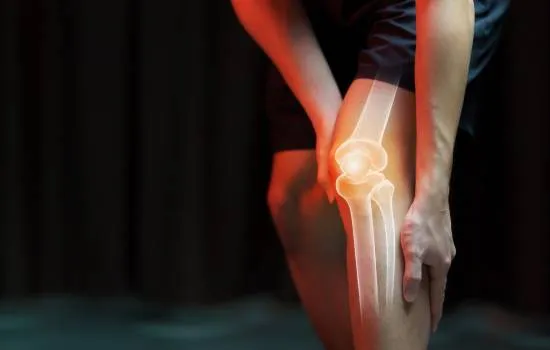Advertisements
The tea that relieves pain naturally
Plants that soothe from within. Not all teas are good for pain relief. Some are simply comforting. Others, however, have scientifically proven properties for reduce inflammation, relax muscles and decrease the perception of pain.
Today we're going to explore three of the most recommended infusions by naturopaths, herbalists, and even integrative physicians:
Advertisements
1. Turmeric tea (for chronic inflammation)
What is it?
Turmeric is a bright yellow root widely used in Ayurvedic and Indian medicine. Its main active compound, curcumin, has anti-inflammatory effects comparable to those of certain analgesics.
What is it for?
It's ideal for joint, muscle, and digestive pain, and even mild migraines. It also supports the immune system.
Advertisements
Ingredients:
- 1 teaspoon of turmeric powder or 2 cm of grated fresh root
- 1 pinch of black pepper
- 1 cup of water
- Optional: honey and cinnamon
Preparation:
- Boil the water and add the turmeric and pepper.
- Cook over low heat for 8–10 minutes.
- Strain and serve hot.
- Sweeten if desired, and enjoy slowly.
When to take:
Minimum for 5–7 days to notice cumulative effect.
1 to 2 times a day, preferably after eating.
2. Ginger tea (for acute pain)
What is it?
Ginger is a root with a spicy flavor and therapeutic properties known for centuries. It acts as an anti-inflammatory, antispasmodic, and mild analgesic.
What is it for?
Headache, menstrual pain, digestive discomfort, post-exercise muscle pain, and nausea.
Ingredients:
- 2 cm fresh ginger root, sliced
- 1 cup of water
- Optional: lemon and honey
Preparation:
- Boil the water, add the ginger and reduce the heat.
- Cook for 10 minutes.
- Strain, add lemon or honey and drink slowly.
When to take:
Up to 3 times a day if necessary.
As soon as the pain starts.
3. Chamomile tea (for emotional or mild pain)
What is it?
One of the most classic and affordable infusions. Chamomile has relaxing, anti-inflammatory, and mild sedative effects.
What is it for?
Pain due to nervous tension, insomnia, digestive spasms, menstrual cramps, and accumulated stress.
Ingredients:
- 1 bag or 1 tablespoon of dried chamomile flowers
- 1 cup of boiling water
Preparation:
- Pour the water over the chamomile.
- Cover and let stand for 5–7 minutes.
- Strain (if necessary), drink warm before bed.
When to take:
Perfect as part of a healthy sleep routine.
Quick comparison of infusions for pain
| Plant/infusion | Ideal for… | Anti-inflammatory power | Flavor | Precautions |
|---|---|---|---|---|
| Turmeric | Joints, digestive | High | Strong earthy | Anticoagulants |
| Ginger | Head, muscles, uterus | Medium-high | Spicy sweet | High blood pressure, stomach |
| Chamomile | Stress, mild cramps | Average | Soft floral | Few (occasional allergy) |
What is the best tea for you?
It depends on your body, your type of pain, and your time of day.
- If the pain is due to chronic inflammation: turmeric.
- If it is a sharp or spasmodic pain: ginger.
- If the discomfort is emotional or mild: chamomile.
The ideal is to try it for several days and observe how your body reacts.
Oh! And you can also combine them, alternating them according to your daily needs.
Your relief ritual begins in the kitchen
You've already chosen your infusion: turmeric, ginger, or chamomile.
Now, How to prepare it well so that it really works?
Here we show you step by step how to turn your tea into a therapeutic ritual. You don't need to be an expert in herbs; just follow a few minutes of attention:

Precautions before taking any infusion
Although the teas are natural, They are not free from side effects or contraindications, especially if you are under medical treatment. Keep in mind:
- Consult your doctor if you are pregnant, breastfeeding, or taking medication.
- Do not combine several potent infusions at the same time.
- Avoid excessive doses: more is not always better.
- If heartburn, nausea, or allergy occurs, discontinue use.
Remember: nature also requires respect.
Reflective closure
Pain slows you down. It exhausts you. It makes you doubt yourself.
But it can also be an invitation to take care of yourself, to listen to yourself… to return to the essentials.
You don't need expensive prescriptions or complex therapies.
Sometimes, you just need a pause, a cup, an intention.
Let every sip be an act of self-love.
Let each tea be a way of telling your body: “I see you, I hear you, I want to help you.”
And if you can share this message with someone who needs it, please do.
Because natural health multiplies when it is shared.
